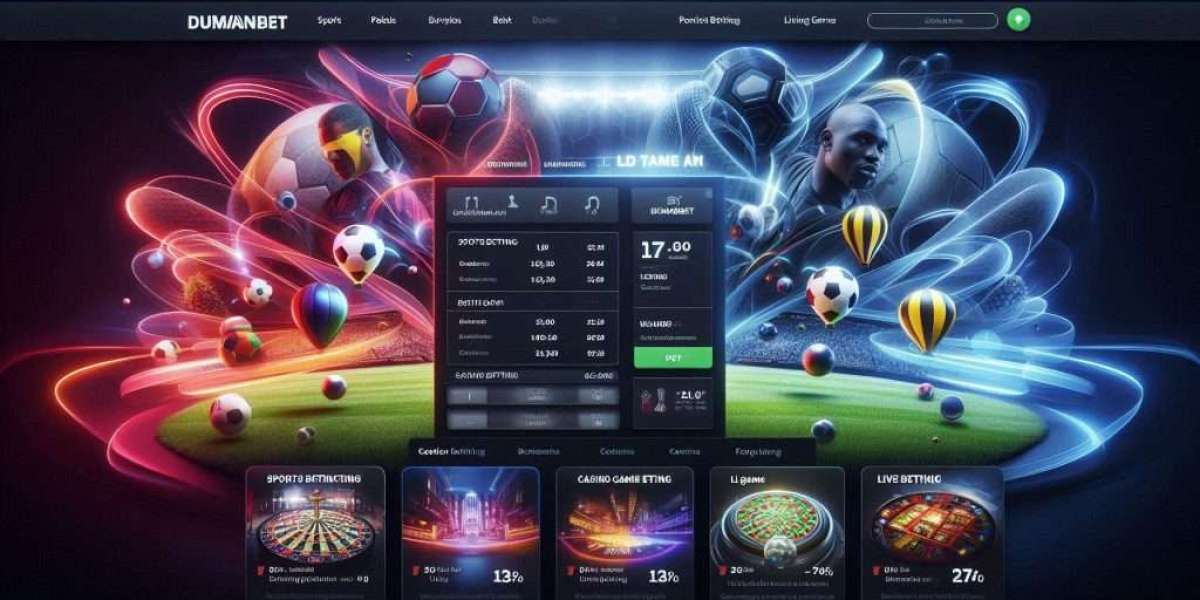The automotive lead acid battery market has long served as the foundation for vehicle energy storage, powering millions of internal combustion engine (ICE) vehicles worldwide. Known for affordability, reliability, and recyclability, lead acid batteries remain prevalent in both OEM installations and the replacement segment. However, in today’s fast-evolving mobility landscape, the market faces several threats that could reshape its future. From technological disruption to tightening regulations, various challenges are testing the resilience and adaptability of this once-dominant segment.
Rising Competition from Lithium-Ion and Advanced Technologies
One of the most pressing threats to the automotive lead acid battery market is the rapid advancement and adoption of lithium-ion batteries and other emerging energy storage technologies. As the automotive industry pivots toward electric vehicles (EVs), lithium-ion batteries are becoming the preferred choice due to their superior energy density, lighter weight, and longer lifecycle.
While lead acid batteries still play a role in auxiliary functions for EVs and hybrid vehicles, lithium-ion technologies are increasingly replacing them in both propulsion and secondary power applications. This shift is being accelerated by ongoing improvements in lithium-ion affordability, safety, and availability, gradually narrowing the cost advantage once held by lead acid batteries.
Stricter Environmental and Safety Regulations
Environmental concerns are mounting against lead-based technologies due to the toxicity of lead and potential risks associated with improper disposal or leakage. Governments and regulatory bodies across the globe are implementing more stringent controls on lead use, emissions from production, and recycling standards.
These tightening regulations can significantly increase operational costs for manufacturers, especially those that lack advanced recycling infrastructure. Additionally, rising compliance burdens may make it more difficult for smaller players or companies operating in developing regions to compete effectively. In some cases, shifting regulatory frameworks may even lead to outright bans on certain battery types or manufacturing processes.
Performance Limitations in Modern Vehicle Applications
Lead acid batteries, though reliable for basic functions, are increasingly falling short of the performance requirements in today’s highly digitized vehicles. Modern vehicles, especially those with start-stop systems or extensive onboard electronics, demand batteries with high cycling capability, fast recharge rates, and deeper discharge capacity.
While enhanced flooded batteries (EFB) and absorbent glass mat (AGM) batteries have improved these aspects, they still lag behind lithium-based options in terms of efficiency and performance over time. In vehicles with intensive energy needs, lead acid batteries may suffer from reduced lifespan and slower charging performance, affecting user satisfaction and increasing replacement frequency.
Raw Material Volatility and Cost Pressures
The cost and availability of lead, the primary material in lead acid batteries, can be subject to fluctuations in global commodity markets. Any disruption in lead supply or price hikes can affect manufacturing costs and profit margins. Furthermore, increasing global scrutiny of mining practices and environmental degradation may limit lead mining activities in the future, further tightening supply.
Manufacturers are also contending with growing competition for other materials such as plastics and sulfuric acid, especially as global demand for batteries of all types surges. Without effective cost control measures, price-sensitive customers may begin to look for alternative solutions.
Supply Chain Disruptions and Global Dependency
Like many industries, the lead acid battery sector has experienced supply chain disruptions due to geopolitical tensions, trade restrictions, and events like the COVID-19 pandemic. These disruptions affect the movement of raw materials, components, and finished products, leading to delays, cost increases, and market uncertainty.
Additionally, some regions depend heavily on imports for battery components or finished units. This global dependency can create vulnerabilities in the supply chain, especially when trade routes are compromised or tariffs are introduced. Manufacturers operating in regions with limited local production capacity may be disproportionately affected.
Shifting Consumer Preferences and Market Perception
Consumer preferences are changing rapidly in favor of clean, high-tech, and low-maintenance energy solutions. Lead acid batteries, despite their recyclability, are often perceived as outdated or less eco-friendly compared to lithium-ion alternatives. This perception, combined with growing awareness about battery safety and sustainability, could erode demand for lead acid batteries over time.
Additionally, as EV adoption increases, fewer consumers will own ICE vehicles that rely on lead acid batteries for starting and ignition. This shift will gradually reduce the core market for these batteries, especially in urban areas where EV infrastructure is expanding quickly.
Innovation Pressure and Limited Advancement
While there have been notable improvements in lead acid battery technology, such as AGM and EFB variants, the pace of innovation is relatively slower compared to the rapid advancements in lithium-ion and other chemistries. Without significant investment in R&D, the lead acid segment risks becoming stagnant and less competitive in the face of evolving energy storage demands.
Manufacturers that fail to diversify product portfolios, adapt to new technologies, or invest in smart battery management solutions may struggle to survive in a future where performance, efficiency, and intelligence are non-negotiable.
Conclusion: Navigating a Challenging but Resilient Market
The automotive lead acid battery market is at a crossroads. While it still enjoys strong aftermarket demand, widespread recycling systems, and a global presence, the threats it faces are becoming more pronounced. Competition from lithium-ion batteries, environmental regulation, performance shortcomings, and evolving consumer expectations are reshaping the industry’s long-term outlook.
To navigate these challenges, companies must focus on innovation, sustainability, supply chain resilience, and strategic partnerships. By acknowledging these threats and adapting proactively, the lead acid battery sector can continue to play a valuable role in the global automotive landscape—even as that landscape undergoes rapid transformation.







